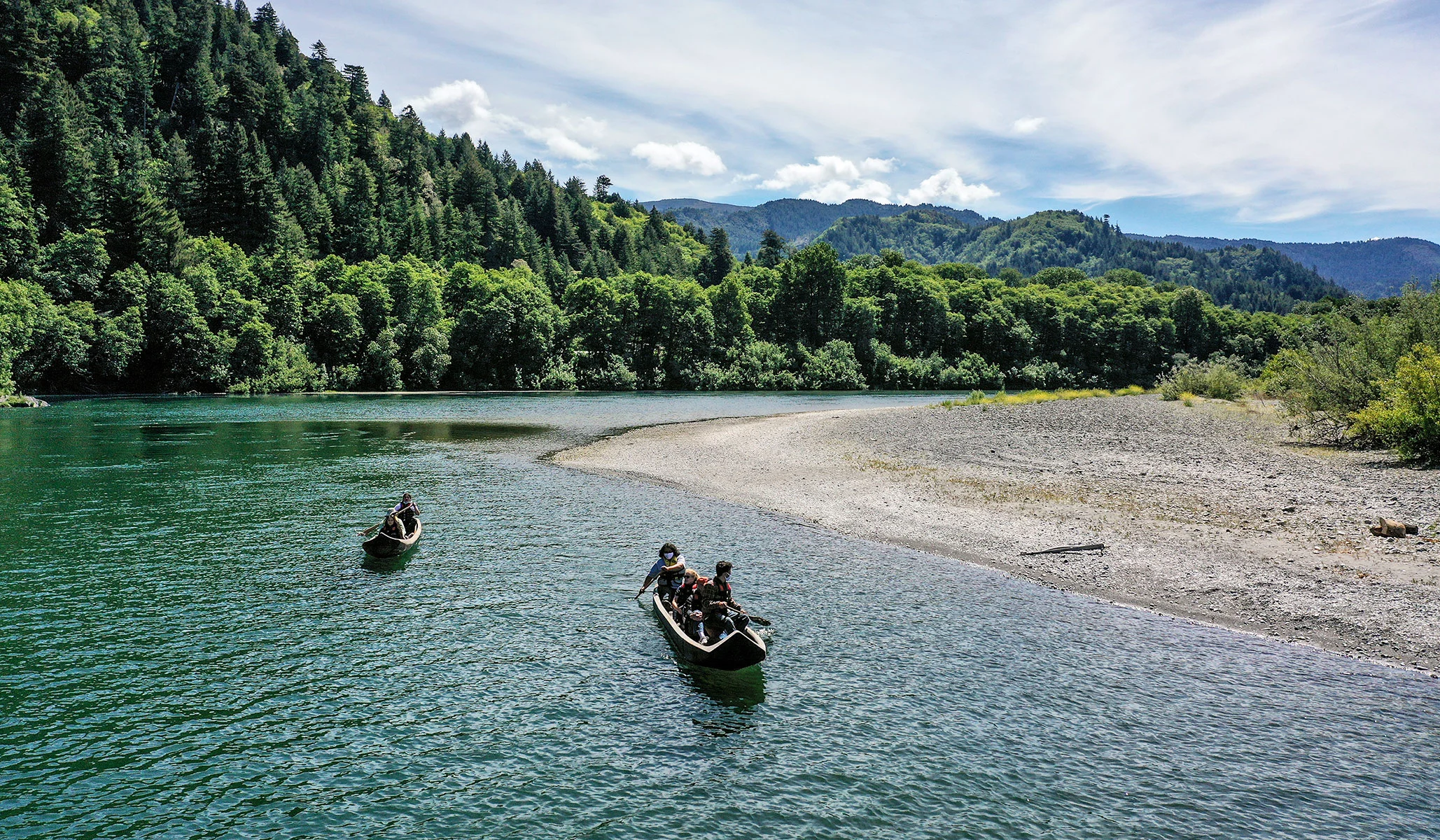The Klamath River, despite being the largest river between the Columbia and Sacramento-San Joaquin rivers, remains relatively unknown. Spanning 12,000 square miles, the Klamath watershed starts in southern Oregon, runs through California’s coast ranges, and reaches the ocean near Eureka. Historically, the river saw millions of salmon spawning each year, but now their numbers have drastically declined. Efforts to revive salmon populations have sparked a battle between environmentalists and state bureaucrats on one side, and farmers and ranchers on the other. The conflict centers around water allocations and the removal of four mid-river dams.
The upper and lower watersheds of the Klamath have distinct ecosystems, with different topography, geology, climate, water quality, and species. In the past, much of the water from the upper basin never reached the lower river; instead, it overflowed into the Tule Basin, a wetland between Oregon and California. However, the construction of the Klamath Project over a century ago changed this by redirecting water for farming. The project created fertile farmland and the centerpiece, Link River Dam, regulates water flow. Farmers prioritize diverting water for irrigation and maintaining wildlife refuges, while environmentalists demand more water for a healthier salmon ecosystem.
Farmers lack the financial resources to resist state and federal regulations effectively. However, they argue that the water they’re fighting over is unique due to its volume and quality. The upper Klamath water contains contaminants from volcanic ash, which is harmful to salmon. The dispute over water allocations is a slow and one-sided war, but the removal of the four dams represents the culmination of a 20-year battle. The Federal Energy Regulatory Commission granted a license to the Klamath River Restoration Corporation (KRRC) to demolish the dams. The estimated $450 million cost of removal will be borne by taxpayers in California and Oregon.
Removing the dams will have consequences, including higher utility rates for households relying on hydroelectric power. The stored water behind the dams helps maintain stable summer flows in the lower Klamath. Environmentalists argue that more water is needed to disrupt parasites harming salmon, while farmers claim that less flow in the summer kills parasites. The dam removal also raises environmental concerns, such as the release of toxic sediment that will smother salmon spawning grounds and harm aquatic species.
There are unanswered questions about the historical functioning of the river and the impact of removing the dams. Evidence suggests that salmon never spawned upstream from the Iron Gate Dam, and the presence of redband trout indicates that downstream migration was impossible. The blocking levees constructed in the past century also altered the river’s hydrology. Instead of removing the dams, funds could be used for cost-effective mitigation projects, such as regrading banks on the Salmon River or controlling predator populations.
The determination to demolish the dams raises questions about the underlying motivations. Some argue that the focus on environmental benefits overlooks the devastating economic costs and disregards other species within the Klamath watershed. There is concern that extreme environmentalism is driving the depopulation of rural areas and favoring centralized urban living. The Klamath Basin situation reflects a larger issue where economic costs are high, and environmental benefits are questionable. This should be a concern for all, not just rural America.

